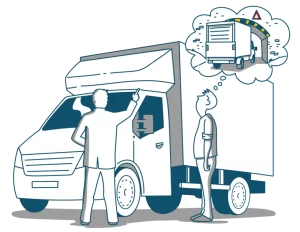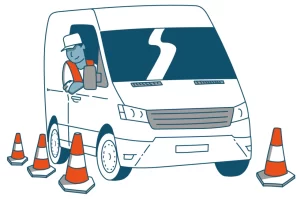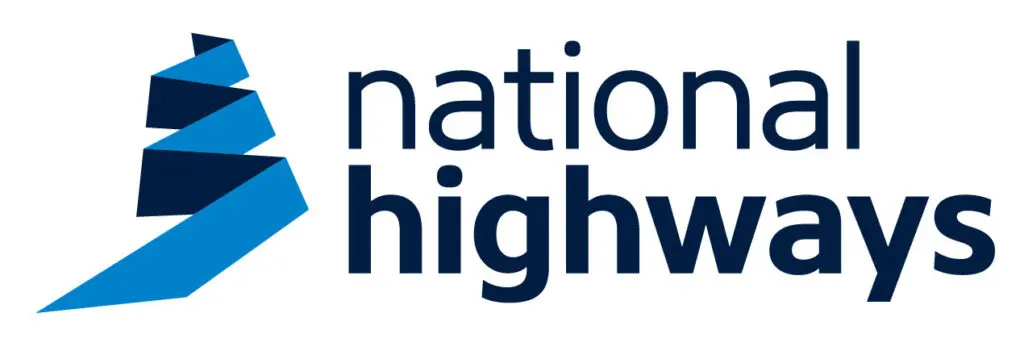Check what you know
Did you know?
Best practice tips
Check what you know
Did you know?
- 90% of road collisions are caused by, or involve, human error.
- Drivers face fines up to £5,000 and up to 9 penalty points for careless and inconsiderate driving if their vehicle causes an obstruction when it has run out of fuel.
- There are around 3 to 6 major bridge strikes every day due to drivers not knowing their vehicle height.
Before operating any vehicle, drivers should receive appropriate vehicle familiarisation training and drivers should not be authorised to operate any vehicle they have not received training on.
Training must be provided to ensure drivers are competent to carry out their tasks and duties.

Drivers should be trained to report all work-related safety concerns, road incidents and near misses to their manager.
Best practice tips
Well-trained drivers make the roads safer for all users.
 Drivers have a responsibility to attend training when offered and familiarise themselves with company policies and procedures to ensure the safety of themselves as well as other road users.
Drivers have a responsibility to attend training when offered and familiarise themselves with company policies and procedures to ensure the safety of themselves as well as other road users.
Driver training helps eliminate bad driving behaviours.
Well-trained drivers strive hard to avoid incidents and collisions on the roads.
Regular driver training can make vehicular incidents less likely to happen.
Drivers who receive training and are familiar with the vehicle they drive, have less stress and are more comfortable during their working day. The main result is happier drivers and increased overall job satisfaction.
50% of drivers do not fully understand all features in their vehicle. Before embarking on any journey in a vehicle, drivers must know the height and width of their vehicle, check their route for low bridges and understand all operating features in their vehicle. The basics that drivers should be aware of:
- how to carry out routine safety checks, such as those on lights, tyres and wheel fixings and report any faults.
- how to correctly adjust safety equipment, e.g. seat belts, head restraints and load security methods in use.
- how to use any anti-lock braking systems (ABS) properly.
- how to operate any driver aids and other safety devices, e.g. reversing alarms, camera systems, proximity sensors, satnav.
- the height of their vehicle, both laden and empty.
- knowledge of the fuel type and requirements.
- location and provision of emergency equipment, including spare wheel, jack and wheel brace.
Categories


This information sheet is free for employers to download and distribute to their drivers.
It may not be amended in any way | Copyright 2022 National Highways.